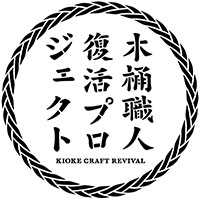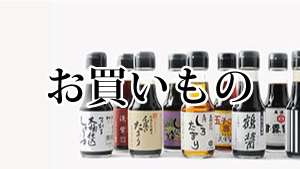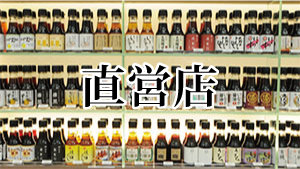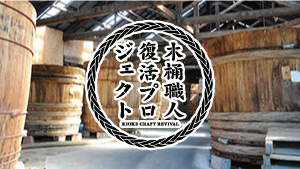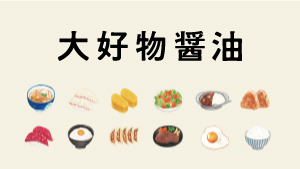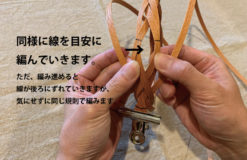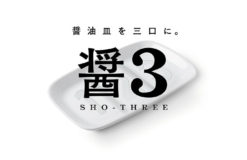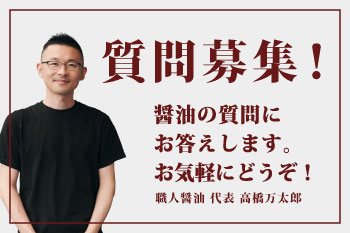木桶仕込みの蔵
片上醤油│Katagami
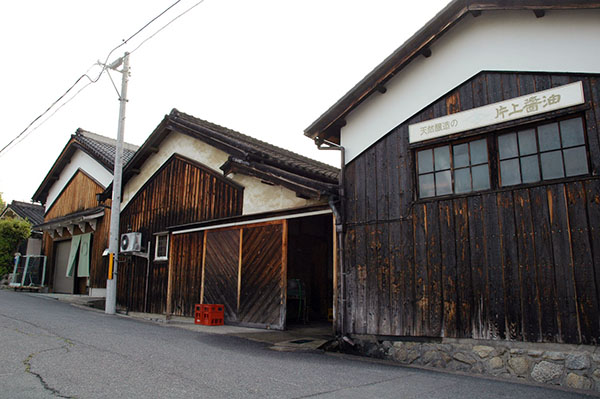
片上さんの醤油への愛と知識は底知れず
ご主人の片上さんの個性がそのまま反映されているような醤油です。醤油が大好きで温厚な雰囲気。ただ、醤油を語ると製法から醸造学までどんどん踏み込んでいくマニアックさに加えて、自他共に認める「食いしん坊」。手掛ける醤油のどれもが個性的なのも頷けます。普通とちょっと違う醤油をお探しの方にお薦めしたい蔵元です。
Katagami’s boundless love and knowledge for soy sauce
脱脂加工大豆は「ダメじゃない!」を連発
片上醤油では原料に「脱脂加工大豆」は使わずに「丸大豆」を使っています。
全国の醤油生産量の8割は脱脂加工大豆が原料なので、他の醤油メーカーであれば、「脱脂加工大豆は大豆の搾りカス・・・だから、うちでは使いません!」という宣伝文句を目にすることがあります。ただ、片上さんは「脱脂は全然ダメじゃないですよ!」とキッパリ。
「脱脂の立場を低くして、丸大豆を高めようとしてはあきません。」と言い、脱脂加工大豆の良さをとくとくと語り出すのです。製法はこうで、流通価格はこう。醤油を仕込む時にはこんな利点がある。メリットはこれでデメリットはこれ。
「決して搾りカスではないけど、うちでは使わないだけ!」と、力説する姿を眺めていると、片上さんらしいなと感じるのです。
nonfat soybeans are not bad!
Katagami Soy Sauce Brewery uses “raw whole soybean” without using the “nonfat soybean.” 80% of the soy sauce production nationwide uses nonfat soybeans for the high protein content (used to make the umami, or “savory” flavor). But many soy sauce breweries say, “nonfat soybeans are just soybean residue…That’s why we don’t use them!” However, to Katagami, they aren’t just pressed soybeans. He says plainly, “Nonfat beans are not bad!”
“I don’t want to lower the position of the nonfat soybean, and raise the status of the whole soybean,” says Katagami. He then explained to me the goodness of the nonfat soybean.
Nonfat soybeans look like flattened out cornflakes, making it easy to absorb water and to ferment. Whole soybean soy sauce has a large oil amount byproduct that must be removed, which makes the process tiring. But with nonfat soybeans, there is no oil in the bean to begin with. However, Katagami says, “Nonfat soybeans aren’t ‘soybean residue.’ I just don’t use them at my brewery!” This insistence is very characteristic of Katagami.

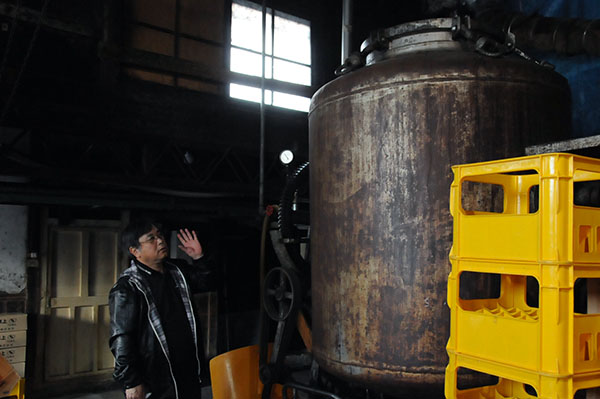
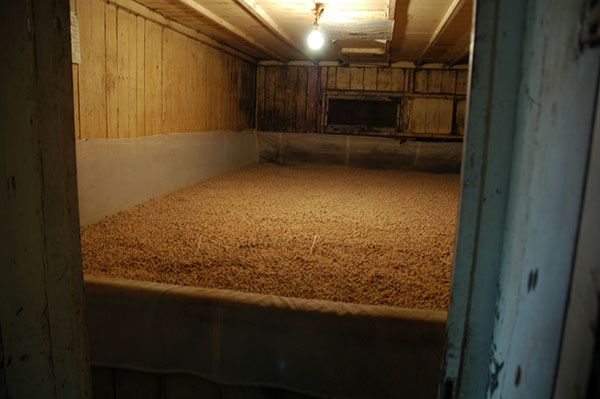

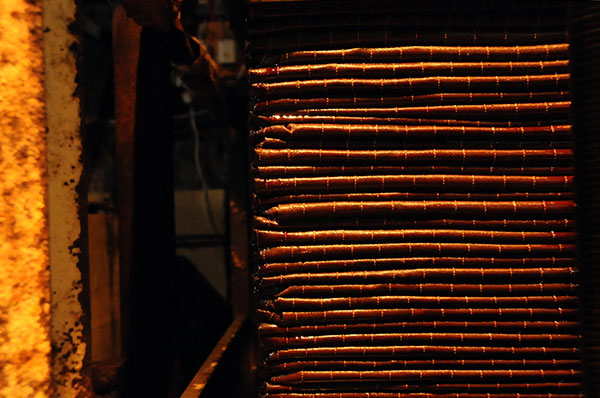
醤油造りは減点法
「ビギナーズラックってあるんですね。」と、最初に醤油を仕込んだ時の思い出話に。「それはもう上手にできたんです。その後に何百回と仕込みをしているけど、あの出来栄えを目指している感はあります。」と片上さん。
その醤油づくりに対する考え方は「減点法」だといいます。「原料の時点で100点なんです。そこから蒸したり麹にしたり発酵熟成させたりの工程で、いかに減点を少なくするかが大切。より良い原料を用意して微生物に任せたら、人が関わる部分で減点させないように注意しています。」
「国産の大豆を蒸した時、本当に良い香りがするんですよ!」そして、お客様に「この豆でつくっています!」と見せられるようにしたいから、できる限り近い場所でつくられた原料を使いたい。それが奈良県産の大豆を使う理由。
Soy sauce-making as a demerit system
“There is such a thing called ‘beginner’s luck’,”said Katagami, “At first, I was able to make delicious soy sauce. Ever since then, I’ve been trying to recreate the same flavor hundreds and hundreds of times.”
When making soy sauce, Katagami believes it’s best to have a demerit point system mindset, “Raw materials are at 100 points. It is important to keep the number at 100, ranging from steaming soybeans, making koji, or fermenting. When preparing raw materials and leaving the work for the microorganisms, I am not trying to score points, but rather, trying not to lose them.”
“When steaming domestic soybeans, it smells really fragrant!” says Katagami, “I want to say to my customers, ‘We use this region’s soybeans!’ That is why I use soybeans from Nara Prefecture.”
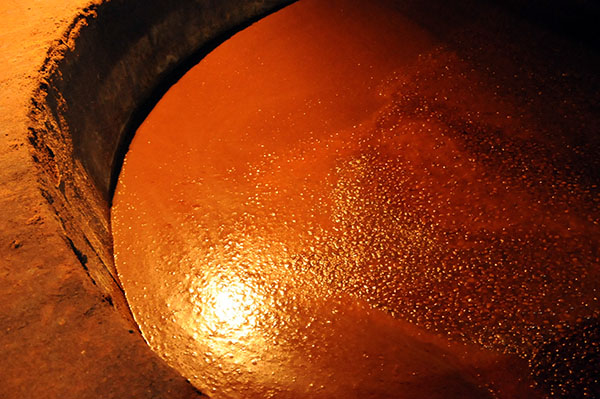

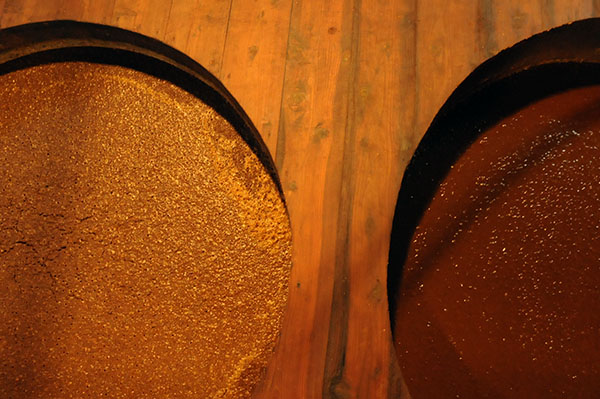
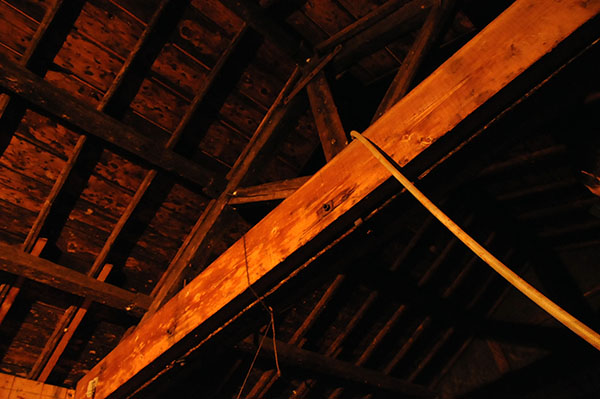
気づいたら商品数が増えていた
「食いしん坊ですから・・・」と、自らがまず納得する醤油づくりを追求している片上さん。濃口・淡口・再仕込み・溜を手掛けていますが、この四種類を自社醸造している蔵は珍しいです。それぞれに仕込みや管理の方法が異なるので、同時並行でつくるには知識と忍耐力と好奇心が必要で・・・要はとても大変で面倒くさいのです。
そして、単にラインナップを広げているというよりは、それぞれの醤油が他蔵と比較して個性派に属する醤油になっているように感じます。そんな特徴に引き寄せられて、ラーメン店を開業したいという方や、こだわりの醤油を探しているという方とのコミュニケーションはいつも白熱しています。
And before he knew it, his products had increased
Katagami pursues soy sauce making that he, first and foremost, can understand. He jokes that this makes him overindulgent: “I am working with dark soy sauce, light soy sauce, re-fermented soy sauce, and tamari soy sauce (made without wheat). But a warehouse that brews these four kinds of soy sauce is quite unusual. Because the method of preparation and management are different for each, you need knowledge, perseverance, and curiosity to make them. It is very difficult and troublesome.”
Compared to the soy sauce at other breweries, each soy sauce at Katagami appears to be unique. This results in a wide array of products. Drawn to this feature of the brewery, customers–both ramen shop owners and soy sauce enthusiasts alike–are full of excitement.

食いしん坊を自称する片上さん作
価格 : 381円+税
原材料 : 大豆、小麦、食塩

うま味重視の淡口を目指しました!
価格 : 428円+税
原材料 : 大豆、小麦、食塩

この濃厚さはステーキにも負けない
価格 : 581円+税
原材料 : 大豆、小麦、食塩

諸味の攪拌できる限界に挑戦して
価格 : 581円+税
原材料 : 大豆、小麦、食塩

焼餅や焼肉に使える上級者向け
価格 : 581円+税
原材料 : 大豆、小麦、食塩

年末限定の砂糖醤油は三温糖が秘訣
価格 : 581円+税
原材料 : 大豆、小麦、三温糖、天日塩

